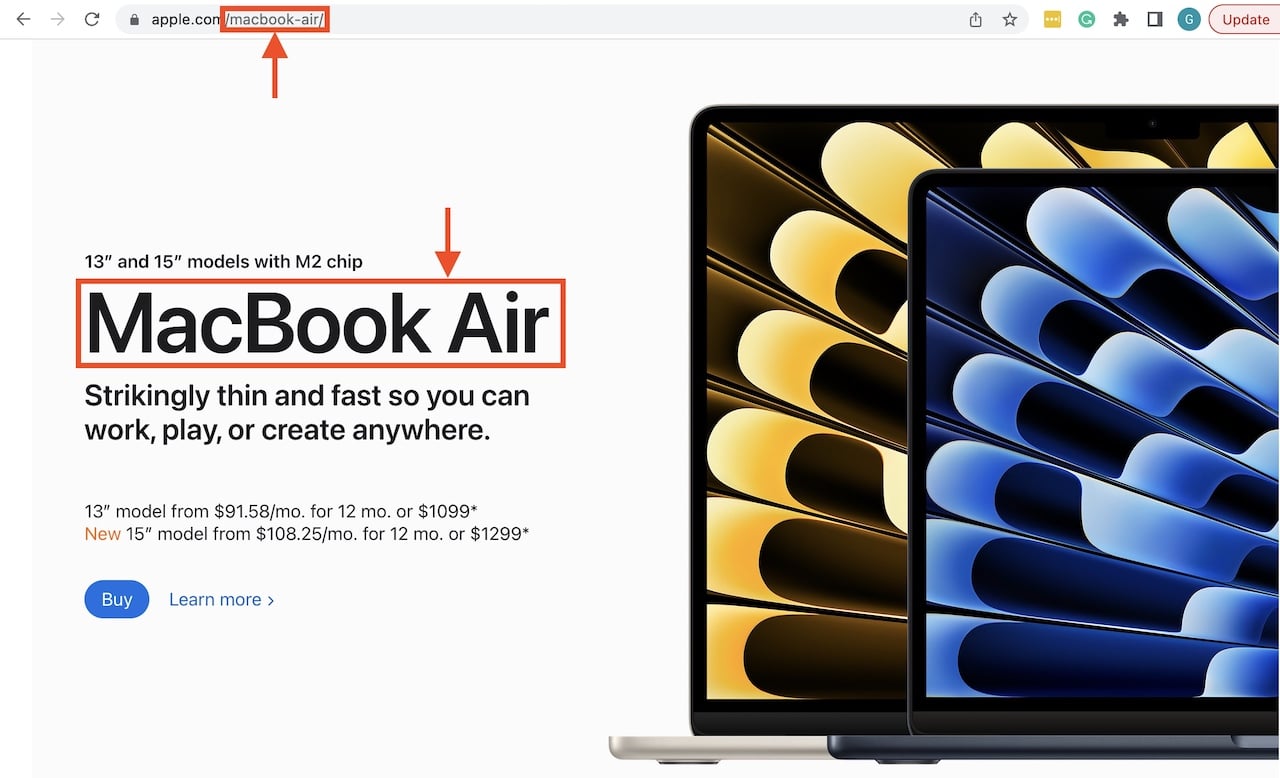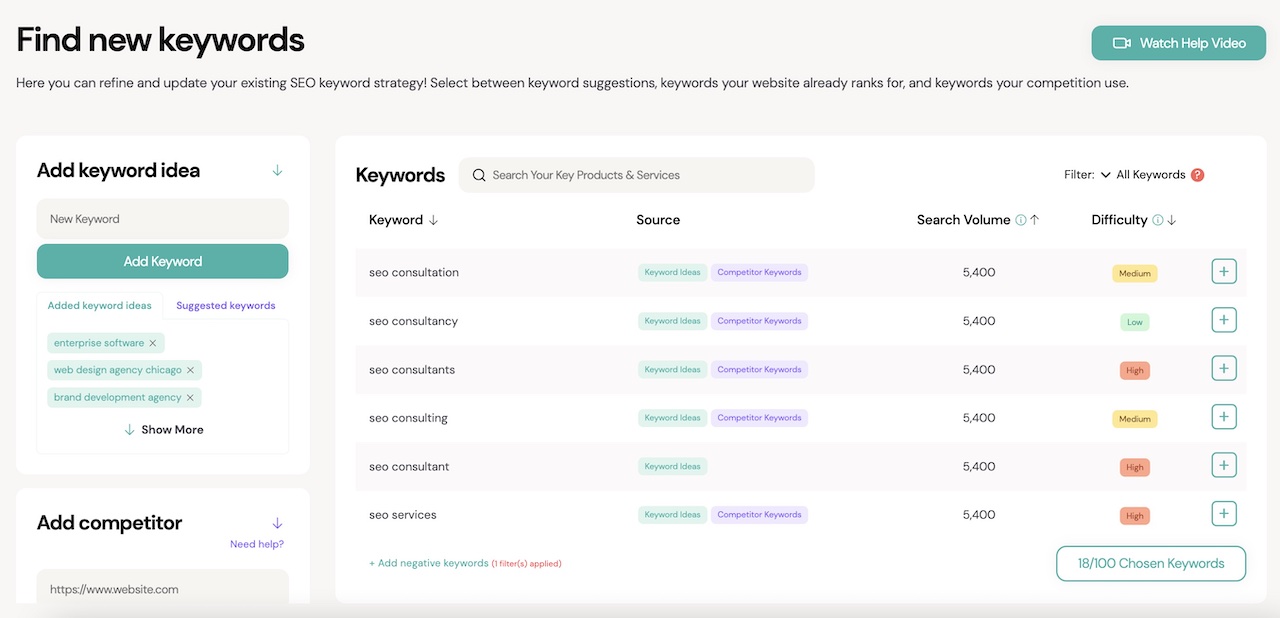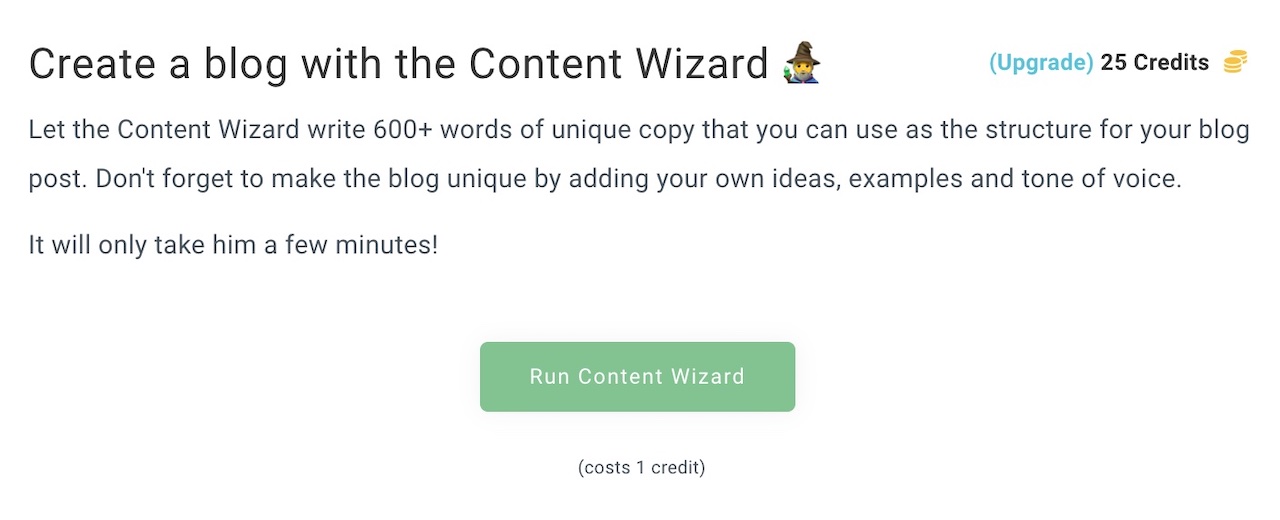How To Do Keyword Mapping: A Beginners Guide
What is Keyword Mapping?
Keyword mapping is the process of organizing website content based on relevant keywords, by matching up keywords with existing pages, or by creating new pages based on keywords that don’t match existing content. It involves identifying the most important keywords or phrases for each page of a website and mapping them to that specific page. There are many important benefits that keyword mapping brings to your SEO.
For example, you can see below that Apple has mapped the keyword “MacBook Air” to their page that lists their latest MacBook Air model:

Why Keyword Mapping is Important - The Benefits
Logical Website Structure
By assigning a primary keyword or unique topic to each page, it ensures that the website structure remains logical, and makes sense to users and search engines. When it’s organized effectively, it makes the website easier to navigate and find the information that users are looking for quickly.
Find Keyword Gaps & Opportunities
When mapping keywords, and creating an organized, logical structure, it’s much easier to spot keyword gaps and opportunities that can be filled by creating new pages that don’t currently exist on the website. Each new page then becomes a new potential gateway for searchers to discover and enter your website.
Find Keyword Overlaps
When you start mapping keywords, it will be easier to spot existing or potential keyword overlaps, so you can avoid creating duplicate or similar content that could conflict with each other in the search results. It’s easy to accidentally do this if you create content without a keyword mapping process as you can lose track of what content you’ve created in the past and which topics and keywords you’ve already used.
Enhances Internal Linking
When a logical structure of pages is created, it’s much easier to create internal links between content as each page has a specific topic focus and can link to one or more other pages. This is especially useful when the content structure becomes hierarchical, meaning that you could have a broader category topic, and then more specific topics underneath that category that you can link down to, or link up from.
Makes Content Planning Easier
Another benefit of mapping keywords to pages is it naturally gives you a plan for content optimization and planning. Let’s say you have 20 pages on the website and you’ve matched all of these with keywords, but then you see you have another 25 keyword groups for potential page topics that would be useful to create. These then dictate the content plan for the next few weeks or months ahead.
Simple Tracking, Management, and Reporting
Finally, creating a keyword map allows you to then easily import these keywords into your keyword rank tracking tool to see how these pages get better rankings, manage your pages with updated content over time, and allow you to see the traffic and engagement (or bounce rates) for these pages in Google Analytics as they start getting more visibility and clicks.
How To Map Keywords To Pages
Now that you know why it’s important to map keywords to pages, it’s time to show you how to do it, step-by-step:
Keyword Research
The first step is to research and find relevant keywords in your industry or niche. The keywords you discover should be balanced between being relevant to your business, having a high monthly search volume, and having a low competition score, in that order of importance. At this stage, you don’t need to be too discerning about which keywords to choose, as you’ll be filtering out and organizing them in the next step.
You can do this using Hike's very own keyword research tool. It allows you to identify new keyword ideas, view the search volume and difficulty score of those keywords, see what you already rank for, see what competitors are ranking for, and more.

Filter & Group Keywords
Once you have a list of keywords, go through them and filter out (delete) any that you feel are either not that important, have too low search volumes, or have difficulty scores that are too high.
Next, in a spreadsheet, match up and group similar keywords that are about the same topic. For example, you could group the following keywords: “keyword mapping”, “keyword mapping seo”, “the benefit of keyword mapping is”, and “what is keyword mapping”, as they fall under the specific topic of Keyword Mapping.
Create Keyword Map
Next, categorize all of the groups together in a hierarchy of topics. The relationships between these topics will then inform the page structure for your website and allow you to match these topics with existing pages and indicate where new pages should be created.
For example, in the Hike Learn SEO hub, this page about keyword mapping falls under the “On-site SEO” category as a child page, and the keyword mapping page eventually may have its child pages with keywords such as: “keyword mapping tool”, “keyword mapping template”, or other more specific topics.
Map to Existing URLs & Create New URLs
Now that you have your keyword map of topics and possible hierarchy between them, it’s time to map these keywords to existing URLs, and then create new URLs for each.
If you have a keyword group that already matches an existing page on that same topic, you can then match the primary keyword with that page URL. Do this for all existing page URLs, until complete. For the keyword groups that are left over, you will need to create new URLs that will then be used to create new pages on those topics.
Optimise & Create Content
Now that you have mapped keywords to existing pages and new pages, it is time to one-by-one optimize existing page content for the keyword topics as well as create new content for the other keyword topics.
Using the Hike Content Wizard will help save you time by coming up with a content draft that you can start from, edit, and refine as needed.
The Content Wizard will write your content for you, based off the ideas you have added to your Content Scrapboard within Hike. You can then use this as a foundation for future blog posts on your site.

Update Regularly
SEO is an ongoing process, so make sure you revisit every page regularly, even if it’s just every 6 or 12 months to refresh or add to the content so it stays up to date with the latest market trends and information.
How to Avoid Keyword Cannibalization
Keyword cannibalization occurs when multiple pages have content that is about the same or very similar topic and Google and other search engines are confused as to which page is the most relevant or important to return in the search results. This can hurt rankings and visibility, so that’s why when doing keyword mapping, always remember the one-page, one-unique topic rule to avoid the possibility of keyword cannibalization. If you must have very similar pages, then make sure to use canonical tags to let search engines know which page is the canonical one to be returned.
Hike + Keyword Mapping
Hike has the functionality for both keyword research and keyword mapping, making it easy to discover new keywords and match them with existing and new pages. We also have a content ideas tool to come up with ideas for new content, and a content wizard tool that instantly writes content for your pages.
Using Hike to match researched keywords with existing website pages is a simple process and can be done in minutes.
If you don’t already have a Hike SEO account create one today and experience the simplicity and time-saving it can bring to your SEO efforts for your business.